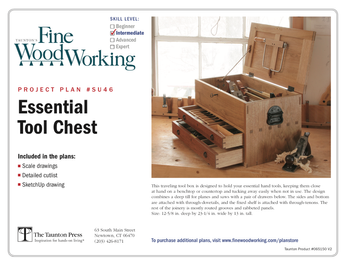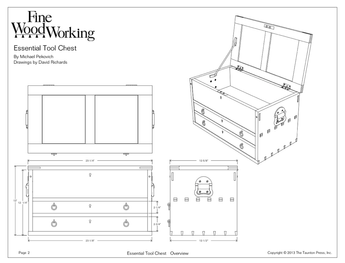Gary Rogowski
I have a question about proper joinery technique. In the current issue[no.197] of “Fine Woodworking”, there is a book rack article by Gregory Paolini, in which the author uses risky techniques. Paolini modified a design by Gustaf Stickley by replacing Stickley’s wedged tenons with simple through tenons, which he glued to cross-grain mortises. In so doing, Paolini goes against conventional wisdom by gluing his tenons, almost exclusively, to end-grain.
I would like to know what think of this procedure. Is paolini’s technique sound and proper? Or would you recommend other ways? Any advice you might have will be greatly appreciated.















Replies
Dear Coveman,
What can I say? I'm sure that the techniques recommended are believed to be sound and long lasting. It has been my sad experience that wide tenons with little long grain surface to them do not last. I think that the shelves set at an angle will be fine as it's really more of a mix of long grain and end grain like a miter. But the bottom shelf is suspect with no wedges to hold it fast. Just my opinion. Just my experience.
Personally I'd either split that bottom tenon to two or three to pick up more gluing surface or run it through and protruding with through wedges to really lock it in place. I don't know of a stronger jointer than that. Gary
Thank-you, Gary, for your prompt, expert reply.
This forum post is now archived. Commenting has been disabled